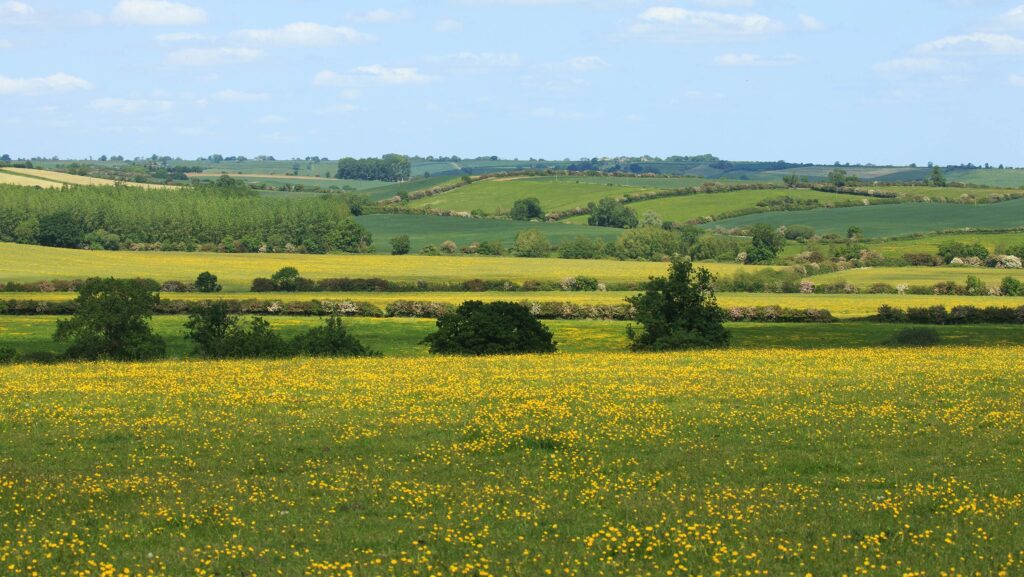7 tips for liming grassland this autumn
 ©Tim Scrivener
©Tim Scrivener Farmers struggling to lime grassland fields have been issued a reminder by Northern Irish researchers and advisers that the effort is worthwhile if conditions allow.
Prolonged wet spells in 2023 and into 2024 have limited liming opportunities, say staff at the College of Agriculture, Food and Rural Enterprises (Cafre).
Farmers in Soil Nutrient Health Scheme zones one and two – a conditionality for receiving farm support in Northern Ireland – will have received their soil analysis reports.
See also: Farms buy lime as fertiliser trades near £500/t
Cafre says these farms will be able to act on recommendations.
Meanwhile, soil organic matter testing forms part of the SAM1 option of the Sustainable Farming Incentive taken up by some English farmers.
Regardless of support, Cafre says that, as a soil conditioner that neutralises acids generated from nitrogen mineralisation, lime improves grass and crop productivity.
Cafre has issued the following tips for getting lime spread late in the year:
- Create a liming plan based on your soil analysis report. If more than 5t/ha of lime needs applying, apply half now and half again next year or in two years’ time.
- Target the most acidic fields first, as they have the greatest requirement.
- Lime can be applied at reseeding or cultivation. Incorporate it into the seed-bed or on the surface of existing grass swards.
- Lime can be applied at any time of year, but at the end of the year is ideal. Applying slurry after liming can lead to a loss of nitrogen.
- If your farm is at lower pH levels further from the target, consider using calcium lime in bulk form, as this has larger particle sizes (more than 0.1mm). These are more persistent and react over a longer time frame.
- Farms closer to target pH may be best advised to use granular products (less than 0.1mm) as these are more reactive.
- Test soils for pH levels (and other metrics) every four years. If testing this winter, make sure it is done at least three months after your last slurry or fertiliser application.
For optimum pH levels in different soil types, visit the Agricultural Lime Association to use their lime application calculator.
